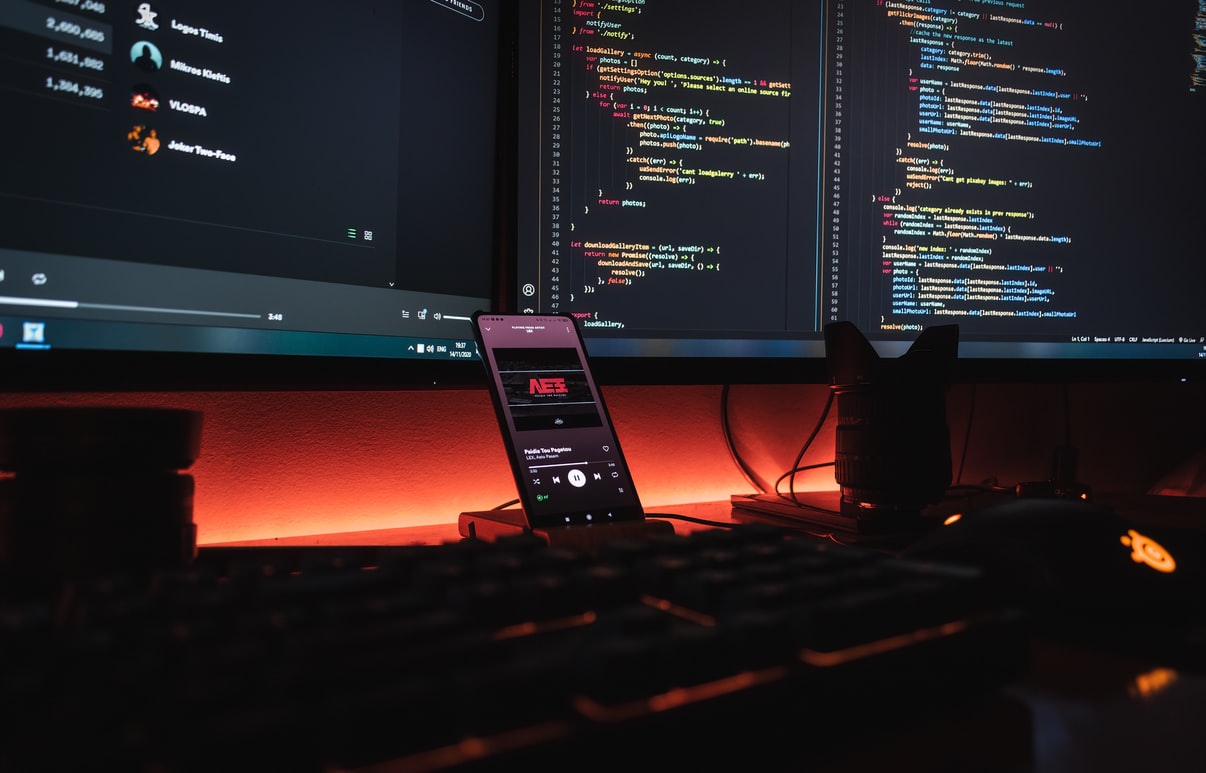A perfect store is one that provides a seamless shopping experience to the consumers. Implemented with the help of retailers and sales reps, it helps build a positive brand image which in turn results in profitability for both the retailer and the CPG manufacturer. This concept was born in the world of CPG companies and is termed officially as “Perfect store” by Unilever, “Golden outlet” by P&G , “RED – Right Execution Daily” by Coca- Cola and “Flawless Execution” by PepsiCo.
Over the past few months, we’ve written in detail about the intricacies involved in setting up a perfect store - why the need for the perfect store concept was felt, how to execute and measure its effectiveness & the KPIs involved. We’ve also mentioned how one of the best ways to achieve the goal of that elusive perfect store is through image recognition or “computer vision” technology.
But there is one question that often comes up, and rightly so - Does image recognition for perfect store execution generate significant return on investment for CPG and retail brands? In this blog, we address this skepticism, and detail how Image Recognition technology optimises your retail execution, thus improving your growth in the long term.
ISSUES FACED BY CPG BRANDS DURING RETAIL AUDIT -
Only creating guidelines for the purpose of perfect retail execution is not sufficient. Its successful compliance via auditing is necessary. CPG & retail brands can conduct retail audits by four ways -

- They have their own sales reps that routinely visit outlets to ensure perfect store guidelines are being met
- They outsource the retail execution audit to third party auditors
- They make use of the point of sale data provided by their retail partners.
- They make use of AI based Image Recognition solutions for retail execution - however this option is only now gaining traction.
But mostly the audit is conducted by filling surveys or capturing images that are later analyzed manually by a backend team. This process is slow and often, riddled with inaccuracies emanating from human errors/bias. Some glaring issues faced are -

- Limited Manpower : Consumer Goods Manufacturers are not able to obtain a complete picture of retail execution - their products are present in many outlets, but retail auditing takes time, so brands are able to audit only a few outlets due to limited manpower.
- Finite Skillset : Calculating KPIs might not be the core skill of most sales reps, especially complicated but important KPIs like Brand Blocks, Adjacency and Sequence. In fact, with an oral care manufacturer, we found that obtaining Share of Shelf data at segment level was a big challenge when they asked their merchandisers to manually calculate and report the numbers.
- Time Consuming : Such intensive data collection, KPI calculation and insight derivation is time-consuming. Sales reps often have to compromise in making real-time improvements in-store, that can augment sales.
- Conflict of Interest - A conflict of interest arises if the reps are measuring their own performance. This means if the brands wish to run a bonus/incentive-driven perfect store program, they’ll have to make do with the unverified data they are provided. Many brands hire a third-party retail audit team to tackle this issue, but it leads to additional costs.
- Lack of Instant Insight generation - Most importantly, it takes time to collect data, interpret it and then devise it to achieve a course of action. By the time a remedy is obtained, ground realities have changed, making the insights obsolete. Thus, effectively, no value has been added to better the outlet in accordance with the perfect store guidelines.
Filling surveys, solely using SFA apps and capturing images to be analyzed later, all fail to address the core issue at hand - How to ensure Perfect Store Guidelines are followed in every store visit?
IMAGE RECOGNITION - ADDRESSING GAPS IN PERFECT STORE EXECUTION
The core issue mentioned above builds a case for a technology solution to empower field reps to quickly scan shelves and identify gaps in them when compared to Perfect Store guidelines.
Innovative technologies like computer vision can address this issue by digitizing the shelves and provinding real-time feedback to the reps on gaps in merchandising execution.
In this blog, we will discuss the Return on Investment (ROI) generated by the image recognition solutions to optimize the retail execution.
ROI varies from brand to brand and the region they are selling their products in. While man-hours saved will be an important factor in regions where wages are high, accuracy of data will be an important factor in other regions where it is challenge to obtain reliable data from the field reps.
Boosting Sales Force Productivity
An immediate benefit of deploying an image recognition solution to track Perfect Store execution is in the number of man-hours that can be saved of field reps who would otherwise spend lot of time manually checking the shelf conditions.
For example - In one of our projects with a top global beverages company, ShelfWatch provided instant image recognition reports for 1000+ traditional trade outlets by processing the images on the reps devices (on-device recognition). Out-of-Stocks and errors in Planogram Execution were addressed by the field reps in-store. The insights were generated with a turn-around time of less than a minute, cutting down the audit time by 50%.
Better Accuracy of Data Collected
In certain markets, retail audits are marred by the limitations that manual audits bring - bias, lack of skill and human error. The field rep may not be skilled to measure and calculate complex Perfect Store KPIs like brand blocks, eye-level or adjacency. This is where Image Recognition steps in. It correctly identifies SKU and its many variants, calculates the KPIs and checks for compliance, all from a single photo of the shelf.
For example - A market leading oral care manufacturer was struggling to ensure their Perfect Store KPIs were correctly met by the merchandisers. They were asking the merchandisers to submit photos of the shelf as a proof after their work but due to lack of an automatic technology to check the compliance from the photos, they were unable to identify and improve the compliance gaps in the merchandising execution.
This, combined with the fact that there is high attrition in the merchandising field force, meant that client had to retrain their field force with no surety that their perfect store guidelines were followed by every merchandiser.
After implementing ShelfWatch, they were surprised to see the effectiveness of the technology by enabling the merchandisers to fix the compliance gaps through real-time alerts and increasing accountability in the entire field force. They were able to get better results from the payouts they were making to the merchandising team which built the business case for them to invest in an image recognition solution like ShelfWatch.
ROI on Retail Shelf Space Fees
CPG companies pay substantial fees to the retailers to place their products in store, run promotions or place their products in high selling zones.
By digitizing their shelves using Image Recognition, CPG companies can achieve ROI on their costs and have a data-driven conversation with retailers.
This was achieved by a tea brand when they deployed a ShelfWatch solution to track the in-store execution of point of sale materials (POSMs) deployed by them for their new range of herbal teas. By correlating the data provided by ShelfWatch and EPOS data, client was able to measure the incremental sales driven by a perfectly executed POSM when compared to non-compliant POSM and built a case to implement ShelfWatch for periodic checks.
Eliminating Third-Party Audits
In many markets, it is common to hire a third-party auditing team which cross-checks the work of merchandiser/ after their visit to link the merchandisers' incentive to their performance. While this method is an effective way to get the best value for your incentive amount, this becomes expensive and can be done for a sample of stores only.
Modern shelf digitization tools like ShelfWatch can eliminate the need for third-party auditing team since it enables the merchandisers to self-audit their work by automatically analyzing the photos captured by them. In some cases, eliminating the auditing team may not be possible, but even in those cases, the audit team can be made more efficient by asking their auditors to capture photos instead of manually auditing the shelves and thus, cover more store per day.
In either of the cases, cost saved on an expensive third-party field audit team can provide the ROI justification for investing in IR solutions. Modern IR solutions like ShelfWatch are fast and cost-effective at scale when compared to manual auditing team.
Accurate assessment of Loyalty/ Incentive Programmes -
Since we’ve established that image recognition solutions offer reliable and accurate insights - they can be relied upon to calculate percentage bonus for retail partners and sales reps. This helps in creating an incentive-based perfect store program - which means both the retailer and the sales reps are now invested in the health of the brand.
Image Recognition technologies can provide CPG companies with objective data to truly know which retailers and field sales team are executing as per their Perfect Store standards and who isn't.
With relevant and accurate data, CPGs can negotiate better placements, get higher ROI for their displays and incentivise their field team accurately. When these benefits are combined, ROI for shelf digitization tools like ShelfWatch becomes apparent and in fact, a must-have tool for modern day CPG executive to build a data-driven culture.
Want to know more about other shelf KPIs? Read our next blog to find out.
To see how your own brand is performing on the shelves, click here to schedule a free demo of ShelfWatch.


